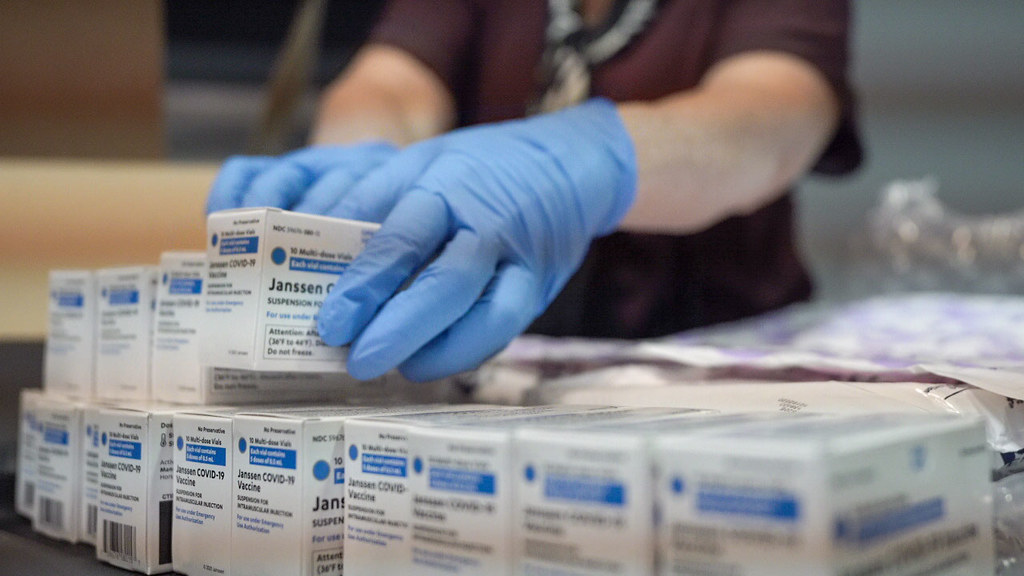Even though the initiation of various vaccination campaigns are making Nepal one of Asia’s leading countries in terms of vaccinating its citizens, the proper use and storage of the vaccines received by Nepal still remains poor.
The 59th report of the Auditor General of Nepal published recently, shows that 78.8% of BCG vaccines were wasted in Nepal this fiscal year. Likewise, 2 million 95 thousand 398 BCG vaccines were wasted within a single year. Large numbers of vaccine doses of measles, rubella and other diseases have also been wasted in Nepal this year. These vaccines have been largely received from various donors and purchased by the Health Services Department of the Government of Nepal.
Vaccination has been prioritized by the Government of Nepal and the United Nations which have resulted in the reduction of many vaccine-preventable diseases. Nepal has launched a nationwide typhoid vaccine campaign that aims to cover all children between the ages of 15 months to 15 years to protect them from typhoid fever. Over 50,000 vaccination sites have been established across the country, which includes schools as well. With that, Nepal has become the first country in the South East-Asia Region to launch the typhoid vaccination campaign.
Similarly, Nepal began its COVID-19 vaccination campaign on 27 January, 2021, with one million doses of the Covishield vaccine, arriving from India. As of now, more than 20 million people in Nepal are fully vaccinated against COVID-19, which is around 70 percent of the total population of Nepal. Nepal’s COVID-19 vaccination rate is higher than the global outreach of 62.2 percent. “It was a challenging task to operate immunization programs amidst the pandemic,” says Sagar Dahal, Immunization Section Chief, Ministry of Health and Population, Family Welfare Division.

